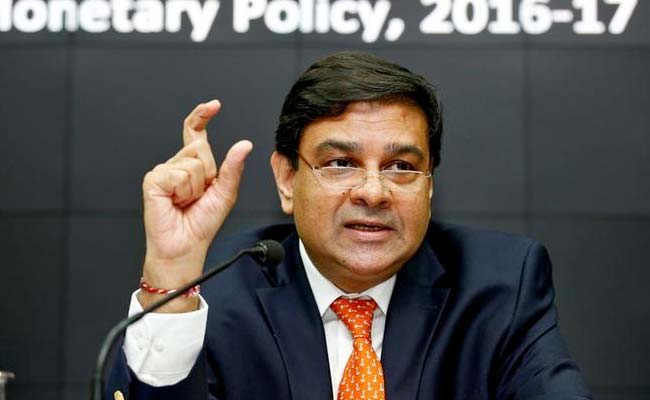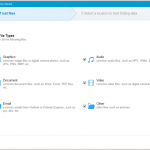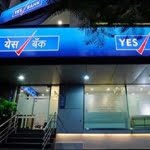
New Delhi: The Reserve Bank of India’s all powerful central board is short of ten non-official directors and one deputy governor at a time when the central bank is engaged in massive demonetisation and remonetisation exercises.
The last board-level appointment done by the government was when it elevated N S Vishwanathan to the post of deputy governor in June.
Prior to that, in March, the government had nominated three non-official directors – Natarajan Chandrasekaran, Bharat Narotam Doshi and Sudhir Mankad – on the central board of the bank.
Still, there are 10 positions of non-official directors lying vacant on the RBI’s central board.
For the post of deputy governor, the government received about 90 applications till October 21, the last date for sending applications.
The post fell vacant after elevation of Urjit Patel as the governor of RBI in early September.
Currently, the RBI has three deputy governors – R Gandhi, S S Mundra and N S Vishwanathan.
Besides the RBI governor and four deputy governors, there are 10 non-official directors from various fields and two government officials from the Finance Ministry on the Board who are nominated by the government.
There are four directors to represent local boards headquartered at Mumbai, Kolkata, Chennai and New Delhi, as per the RBI Act.
Meetings of the central board are generally convened by the governor at least six times a year and at least once in each quarter.
On November 8, Prime Minister Narendra Modi took everyone by surprise with his announcement of demonetising high-value currency notes of Rs. 500 and 1000 and giving people a 50-day window to exchange/deposit defunct notes into their accounts.
The RBI has been pushing new notes of Rs. 500 and Rs. 2,000 into the system, as part of remonetisation as well as monitoring the entire exercise.
Even as the apex bank is indulged in the massive exercise, its central board had a meeting in Kolkata earlier this month.
[“source-ndtv”]










